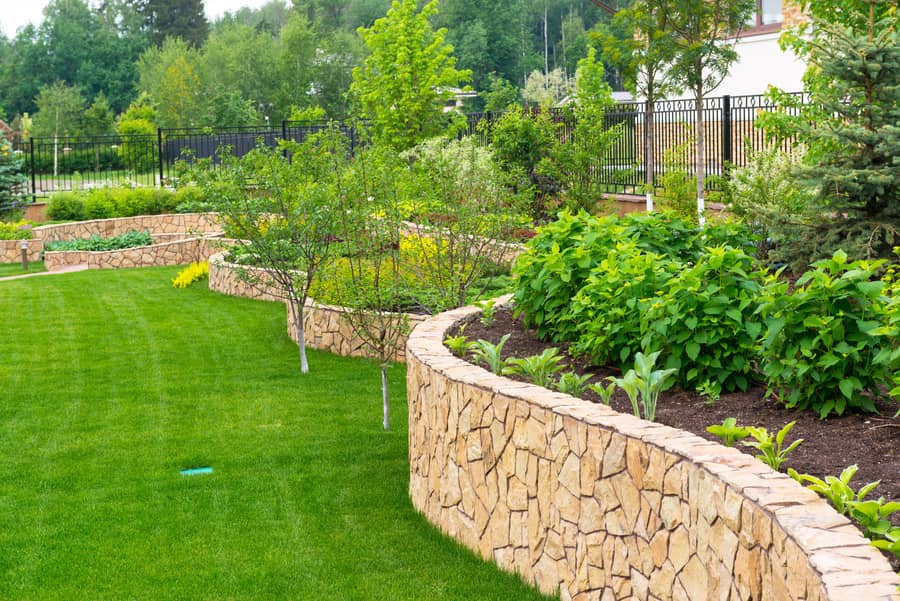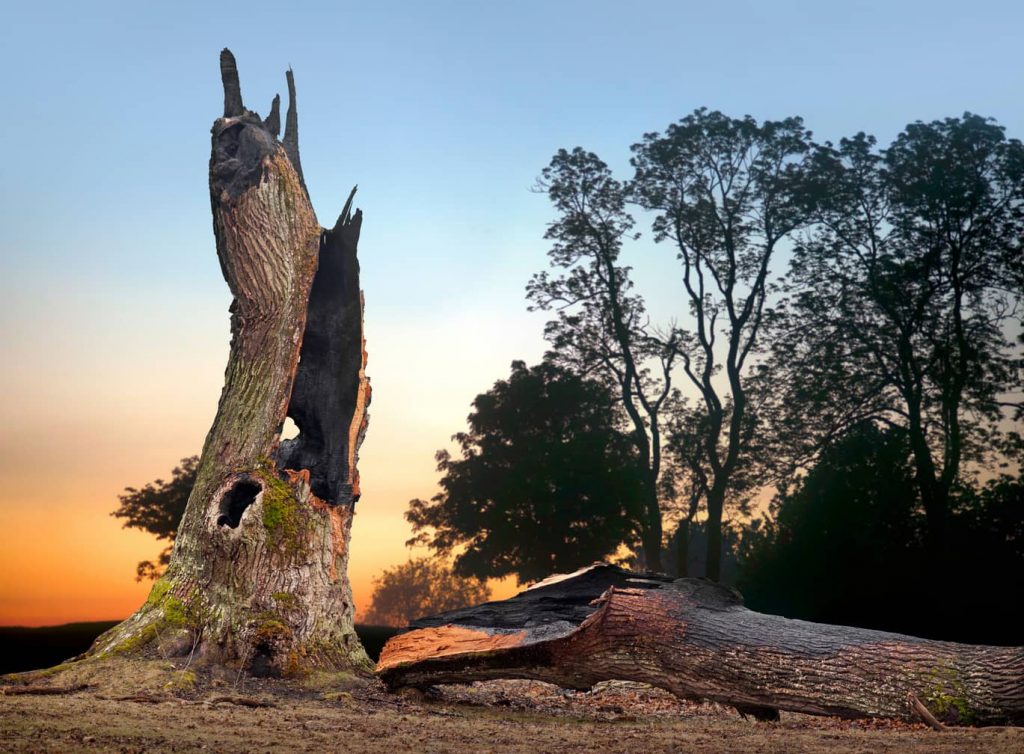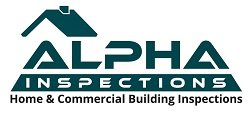
One of the many areas that homeowners rarely consider in their budget is their landscaping. When was the last time that you contracted out a landscaper to install some amazing trees and shrubs? Well, if it was recent, then you know how expensive the installation and purchase could be.
This is an investment that most homeowners stress about. In the early stages of installation, you just pray that the tree and shrub roots take hold of the ground quickly. Any way that you can increase stability and protect your landscaping. Does home insurance cover landscaping? In some cases, new landscaping can be covered by insurance. The incident must be classified as peril.
Let’s take a look below at the definition of peril in this case.

What Is Covered
Generally speaking, gardening and landscaping coverage is a difficult argument with your insurance company. Verifying when the damage occurred and by what means can be tough. The basics of what is covered are as follows:
- Yard and bushes – damage as a result of fire, theft, or lighting is usually covered. You could also see coverage if the damage is vandalism caused by a vehicle not owned by you.
- Fallen trees – if a storm or strong winds blow your trees over and they fall on an insured structure, then removal costs are covered. If the tree falls over because the homeowner did not maintain the area of the yard properly or neglected to secure the fallen tree then removal costs are not covered. Also, check your policy limit for fallen tree removal.
- Plants, trees, and shrubs – damage to your trees and shrubs are covered under your homeowners insurance if the damage is caused by a peril incident like fire, explosion, theft, vandalism, or lighting. Basically, anything that is unrelated to neglect of the homeowner. Wind, rain, ice, snow, or hail are not usually covered.
How Much Is Covered
Typically, your homeowner’s insurance policy covers about 5% of your total dwelling limit. This means that your trees, plants, and shrubs are only covered up to 5% of the total value of your home. Additionally, this also means that the maximum expense claim for any one item will not exceed $500.
If you have a policy that is $500,000, then you would only be able to claim up to $2,500 worth of damage to your yard and your landscaping. Before you go and invest too much money in your landscaping needs, understand what is covered by your policy. It would not be ideal in this situation to invest more than $500 on any single tree, plant, or shrub. In some cases, you could end up spending over $500 on mature trees, shrubs, or plants.
Keep in mind that tree falls and damages to structures on your property, or even the blockage of your driveway or entrance to your home could be covered at $1,000 per tree removal. If this is the case, you are looking at a cap of $500 per replacing the tree.

What Must Happen To Get Reimbursed
To get reimbursed for damage to your landscaping the event that has caused the damage must be considered a perilous incident. Luckily, with your home insurance, you have coverage for your trees, plants, and shrubs, if the act of peril occurs. Let’s take a look at what those peril incidents are:
- Fires caused by natural disasters such as hurricanes, tornados, thunderstorms, etc.
- Any explosion that is caused by sources not associated with your property (ex. gas line)
- Lightning that causes your landscaping damage due to a direct hit.
- Any vehicle that damages your landscaping and is not related to your property.
- Vandalism caused by situations unrelated to your property ownership.
- Theft caused by local situations that are not associated with your home ownership.
Keep in mind that everything has to line up as a covered peril incident for the insurance coverage to reimburse any damaged landscaping. The home insurance company will not cover your damaged landscaping if the damage is caused by bad weather, such as wind, hail, and snow/ice. You also will not get reimbursed if your landscaping is destroyed by insects, pests, or agricultural disease. It is possible that your local insurance company offers additional coverage to protect your newly installed landscaping.
Other Recommended Maintenance
Once you have an idea if your home insurance covers landscaping, it is a great idea to evaluate your yard. You might need to increase the slope of your yard away from your home as this ensures that water does not pool up next to the foundation of your home and cause major damage. Read up on what type of landscaping is good to keep the water away from your home.
Now that you have knowledge of the landscaping needed to keep water away from your home, you can determine what fits. You can also look into what negative grading means for your home. Keeping the water away from your foundation is a must, and various landscaping choices can assist you with this process. However, you will want to complete negative grading first to ensure that the new landscaping is installed in a place of the yard.
Finally, be careful when having landscaping installed. The insurance company will only cover so much of your yard and the structures on your property. You don’t want to cause additional damage to your home that is not covered by your homeowner’s insurance. If you have a septic tank, you will want to identify where the septic tank located before having landscaping installed. The landscapers could cause some major damage to your septic system if they aren’t made aware of where the septic tank is.
When Do I Call A Professional
Calling on your insurance company before any damage to your landscaping is key. Make sure that you know your policy and how it pays’ out if there is damage. You might not be lucky enough to make it through a major storm without damage to your home or landscaping. This is also a good time to call out your local home inspection team.
Getting a home inspection report can show your insurance company the current condition of your home, prior to any damage happening. It’s always a good idea to get supporting documentation for any claim needs.
Conclusion
In order to protect your home and the landscaping around your home, know your homeowner’s insurance policy and get yourself a home inspection. Your local home inspection company can come out and inspect the entire property. By doing this, they can inform you have what additional repairs should occur prior to any major storm, natural disaster, or potential vandalism occurring. Call on Alpha building inspections to conduct a home inspection in Merrimack, New Hampshire, and surrounding areas.


